 Dr.
Aleksandr
Novytskyi
Processing of rock
basalt types in
different types of
fiber, a personal
information site
Dr.
Aleksandr
Novytskyi
Processing of rock
basalt types in
different types of
fiber, a personal
information site1- Technology of production of basalt continuous fiber
Описание технологического процесса
Before the start of production of continuous basalt fibers on an industrial plant large fraction of basalt rubble jaw crushed to the required fraction which is 5-12 mm. After selection of metal inclusions magnetic separation method, a basalt raw materials represented in the form of fine gravel or chips with average grain size of 5 to 12 mm is sieved off and washed with small impurities (dust, etc.), after which it was dried under normal conditions in the natural air circulation through ventilation or a special drying apparatus (depending on climate conditions of production). With the help of crane or hoist basalt chippings washed periodically loaded into the hopper loader installed on the melter.
The melting furnace is a regenerative continuous tank furnace with direct gas heating of the melting zone. In the furnace basalt raw material melts, and it comes after homogenization the melt in the feeder for the subsequent molding thereof feeders complex continuous basalt filaments. Melting is carried out at a temperature of crumbs (1500 ± 50) ° C in the combustion of the gas air mixture, which consists of natural gas and air. Combustion air is supplied from the high-pressure fan through a heat exchanger-recuperator, where it is heated with heat of exhaust gases to a temperature of 450 - 600 ° C, and the gas supplied from the gas distribution substation (EMG). The melt from the feeder of the furnace fed by gravity to the feeder at the bottom of which there are dispensing devices 6, through which the melt is fed to a platinum rhodium, bushing, where the formation of elementary CBF. The melt from the feeder through a platinum drain device (jet feeder) with electric heating is supplied into a platinum, bushing with electric heating, wherein the spinnerets forming a strand of elementary filaments as the filaments by drawing and winding them to a pulling device. Strand filaments on a roller enters the pulling device, which applies a lubricant after lubricant layer coating its filaments are collected in a multifilament yarn. Integrated thread passes Nita Expanding apparatus wound on his removable spool. As the winding bobbin with the yarn withdrawn from a bobbin of the winding machine and replaced with a new reel. Winding on bobbins apparatus is formed multifilament yarn (CN), which consists of 1200 elementary CBF. Wound bobbin maintained day under normal conditions, and then come to the department for rewinding the roving with the necessary number of additions. After rewinding the roving to the finished coils labeled and wrapped with paper, then packed in wooden crates and enters the composition of the finished product.
2- Process Flow Diagram: / Схема последовательности технологических операций
The technological process of roving consists of the following stages:
delivery and unloading of crushed basalt fraction 5 ... ..12 mm at the warehouse;
incoming inspection raw material,
preparation of a lubricant,
loading crushed basalt in the furnace;
melting of basaltic melt generation in the form of continuous fiber filament yarn;
process control complex basalt yarns,
filament yarn exposure in a plant for 24 hours,
cutting chips;
fast drying multifilament yarn roving and obtaining a predetermined value of the linear density;
roving drying at 120 ... ..160 ° C for 12 hours (depending on the type driers)
quality control roving to meet the requirements;
packaging, transportation and warehousing.
3-Layout:/Схема размещения оборудования (план участка):
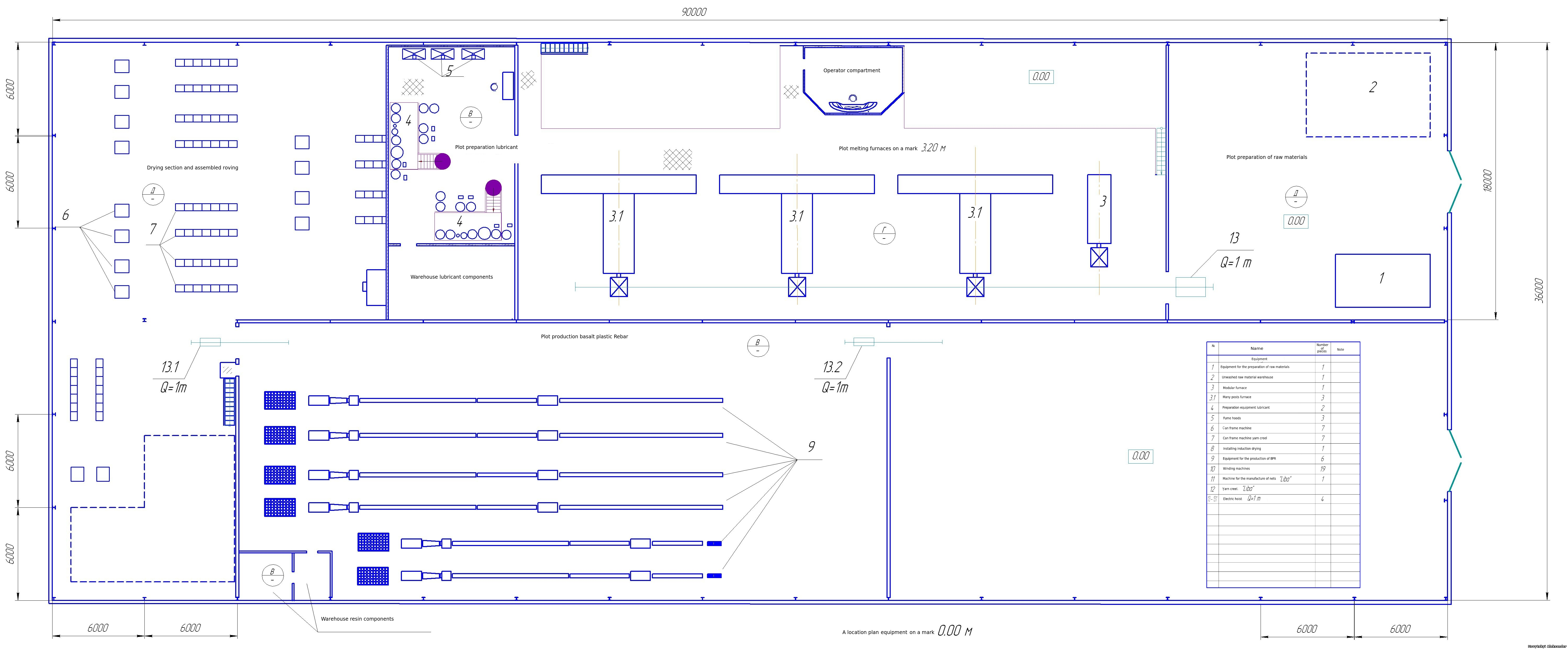
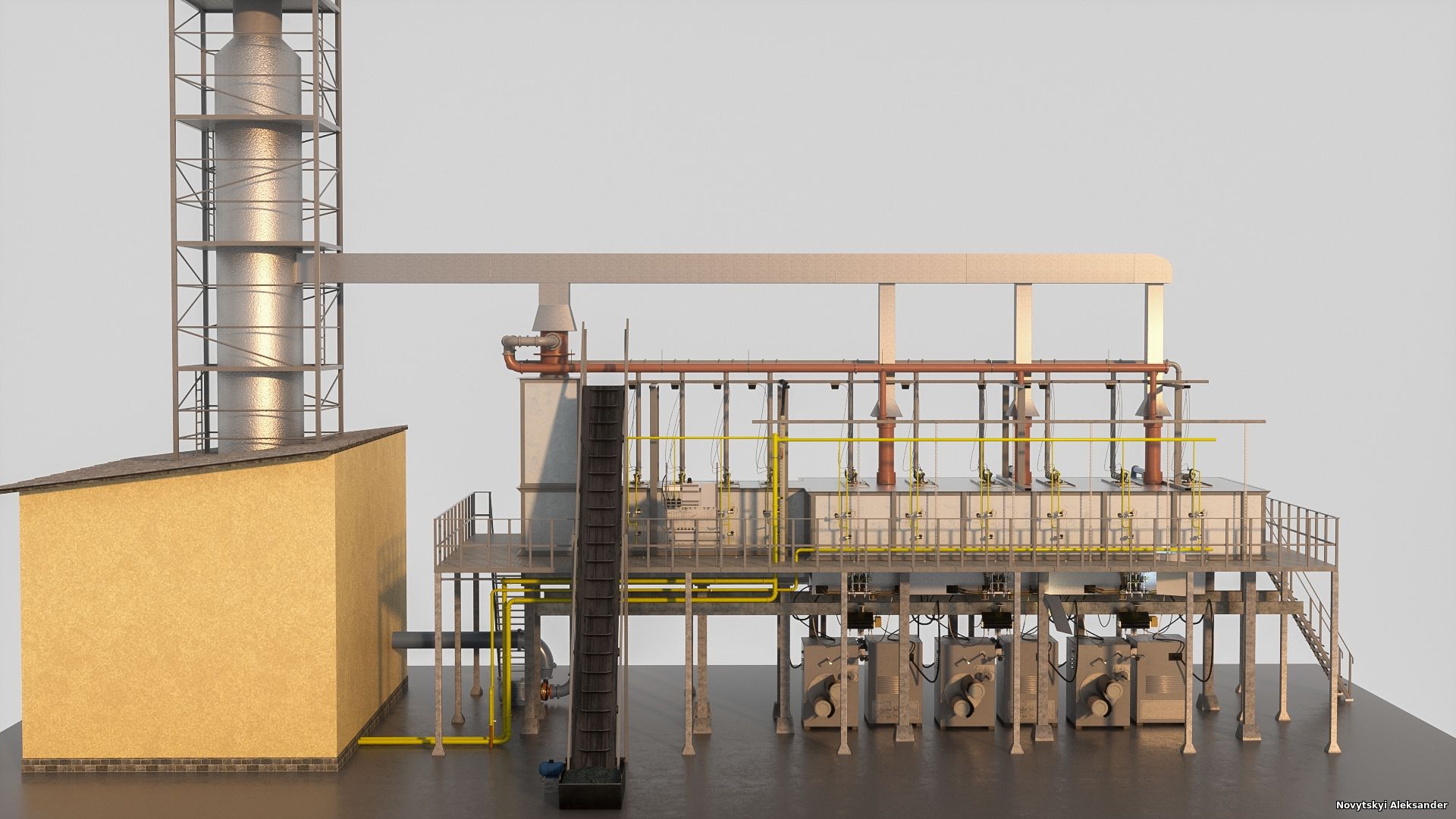
4- Product range, Production capacity/Мощности производства
The preferred production capacity of at least 2,500 tons of basalt fibers per year using eight platinum - rhodium bushings 1200 holes each.The workshop involves the production of continuous filament yarn linear density of 600 ÷ 800 tex from natural basalt and subsequent processing into roving for various purposes.
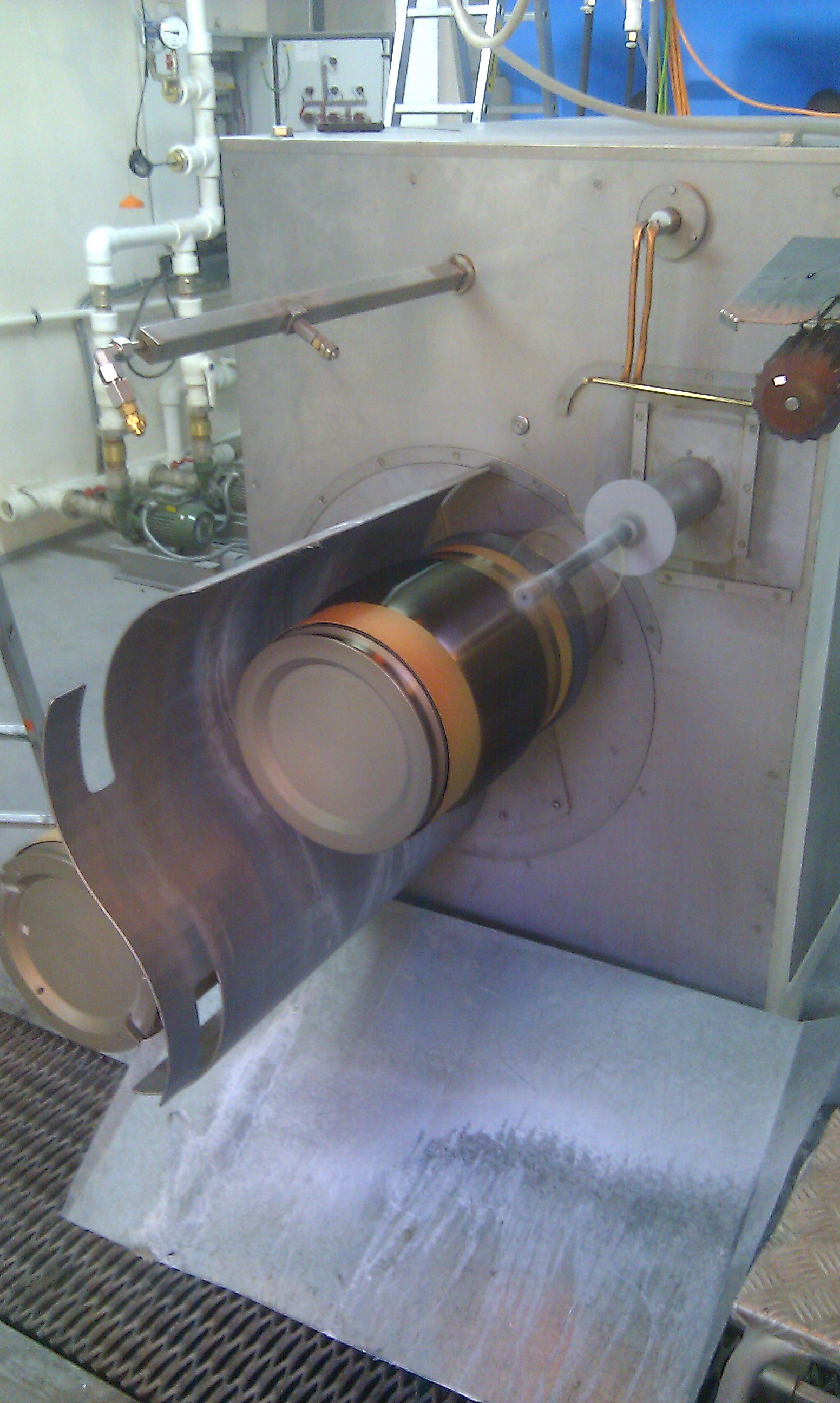
5- End production application/ Применение конечной продукции
- Aviation Industry (fireproof insulation of engines onboard aircraft parts,
sound mufflers in industrial installations, brake pads);
- The radio-electronic industry (manufacture of printed circuit boards having
high temperature characteristics, and stable dielectric properties);
- Petrochemical industry (filters for cleaning of process gas, filters for
waste water treatment from oil products, technological lines);
- Construction industry (non-flammable solid construction details and design
instead of wood, soft and hard roof);
- Engineering industry (depreciation pad presses, coldness insulation of
industrial and domestic refrigeration, insulation of tanks with oxygen,
nitrogen, etc.);
- A special technique as a container with increased resource exploitation for
the storage and transportation of ammunition
6- Product quality specifications:/Технические характеристики, качество продукта
Fiber strength properties
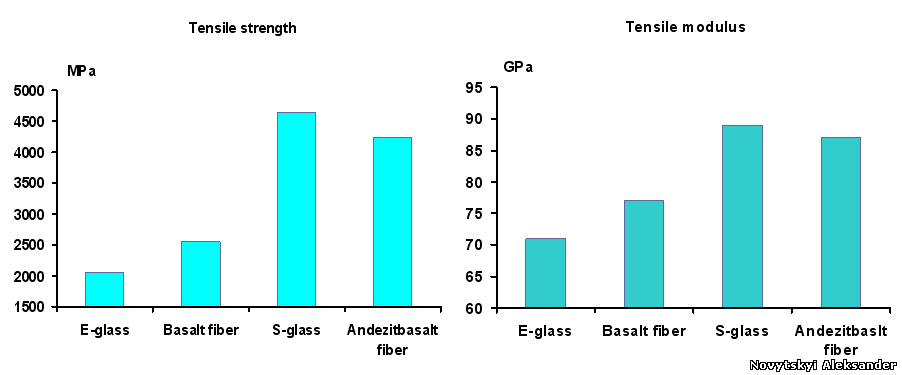
Chemical resistance of fiber

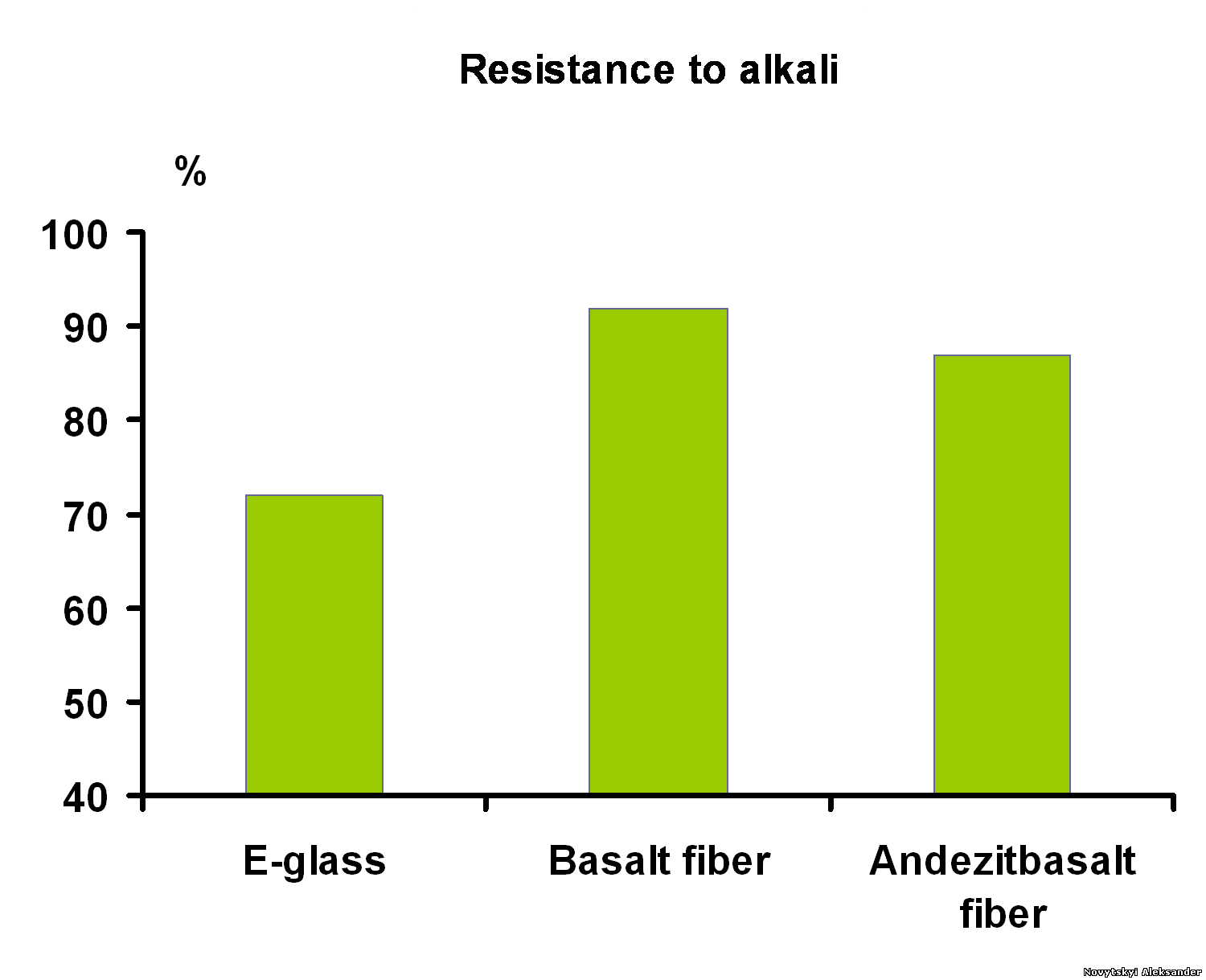
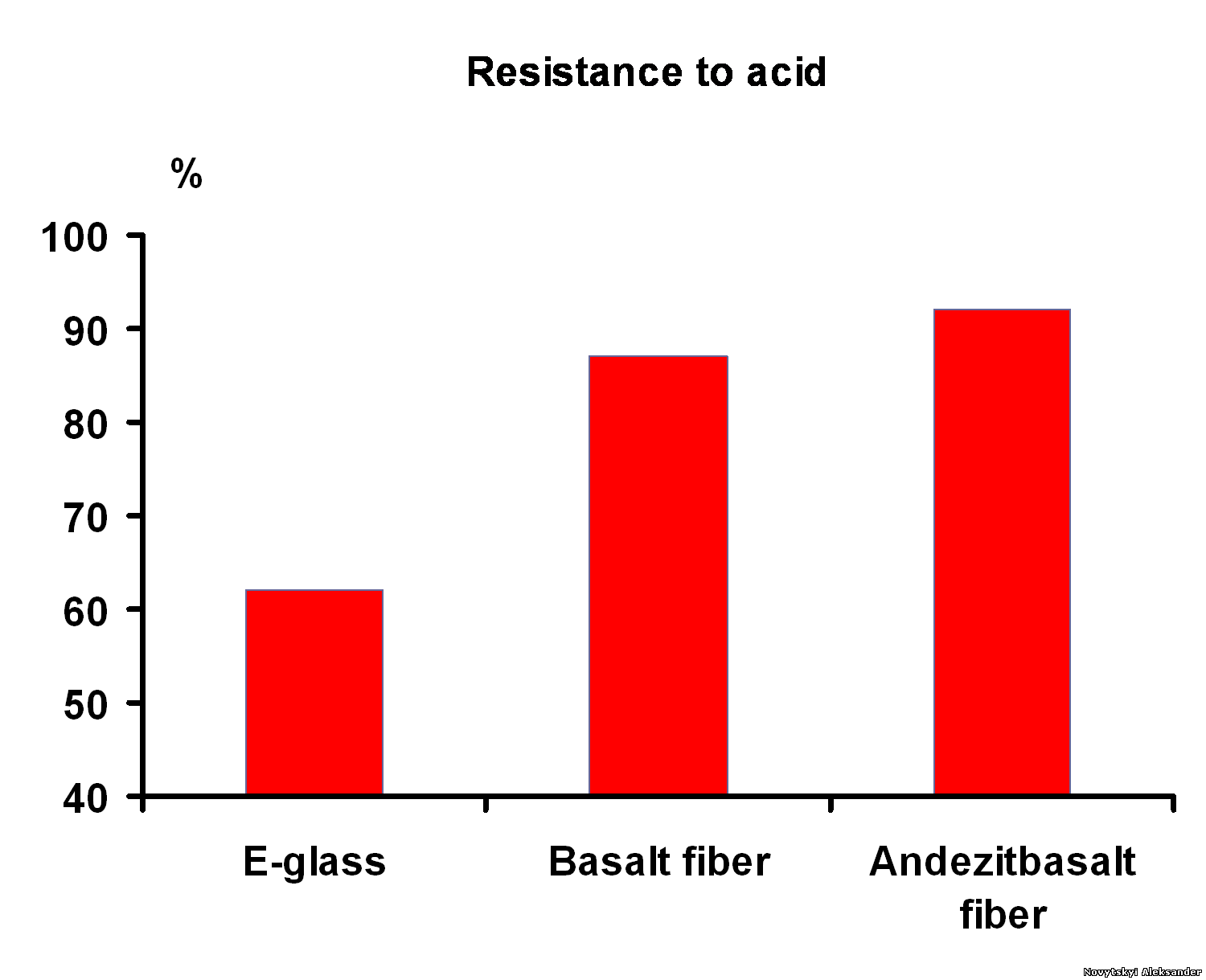
7 - Raw material:/Сырье
Basalt rubble as a single component raw material for basalt continuous fibers
must be developed to certify career, representative examples of which have been
laboratory and pilot tests with a positive result.
Raw materials from rocks is crushed average, basic and ultrabasic rocks
metamorphosed volcanic basalt types: basalts, gabrro, amphibolites, diabase,
porphyry and others (hereinafter referred to as the raw material).
Raw materials
should be radiation-safe.
Equivalent dose of ionizing radiation should not exceed 0.30 mSv / h.
The materials must not contain impurities in the form of metal, quartz, sand
and clay and other rocks.
The raw material is delivered in the form of a fraction, characterized by the
smallest and largest nominal grain size of 5 mm and 12 mm.
The content of grains smaller than 5 mm should not exceed 10% by mass, the grain
size of more than 12 mm and should not exceed 10% by weight.
8-Main Requirements:
The method of heating the bushing -electric
Number bushing -7 (including APP-1)
Number / Holes in the bushing - 1200
Alloy bushing - Platinum -80% rhodium - 20%
Consumption of precious metals in g per 1000 tons of basalt fiber - 1000
Lifetime bushing to repair a day - 180 ... 275
Current repair of the oven - without stopping the furnace 2 times a year for a week.
The main furnace repair - 1 time in 3 years
Refractory-life of at least 3 years.
Weight refractory - 120 tons
Required required area of 300 m2
9- Energy resources: /Энергорессурсы
a) Fuels/топливо
Natural gas for 1 kg of basalt fiber - 1,0 m3
b) Electricity/электричество
Electricity (3
phase), -
transformers and
power kW and their number,
voltage 380 V
Electrical Power
kW:
Installed 2
x 630 independent power supply
(one is redundant) power
consumption - 1
350 for technological purposes
Power consumption kW,
4200 * th.
KW
Electricity consumption per 1 kg of
basalt fiber 1,7 * kW
C) Air /воздух
Compressed air for 1 kg of basalt fiber -17.6 m3
d) Water/вода
Flow
270 m3 per day
Distilled water
consumption of 1.2 m3
per day
10- Equipments table/Оборудование
- The site preparation basalt
1.2. Spiral classifier for washing and drying, fractional crushed basalt given chemical composition.
2.1. Pumps for supplying lubricant components in the mixer.
2.2. Distillers for the preparation of distilled water.
2.3. Emulsifier.
2.4. Batcher.
2.5. Mixer.
2.6. Reactor.
2.7. The storage container is stirred.
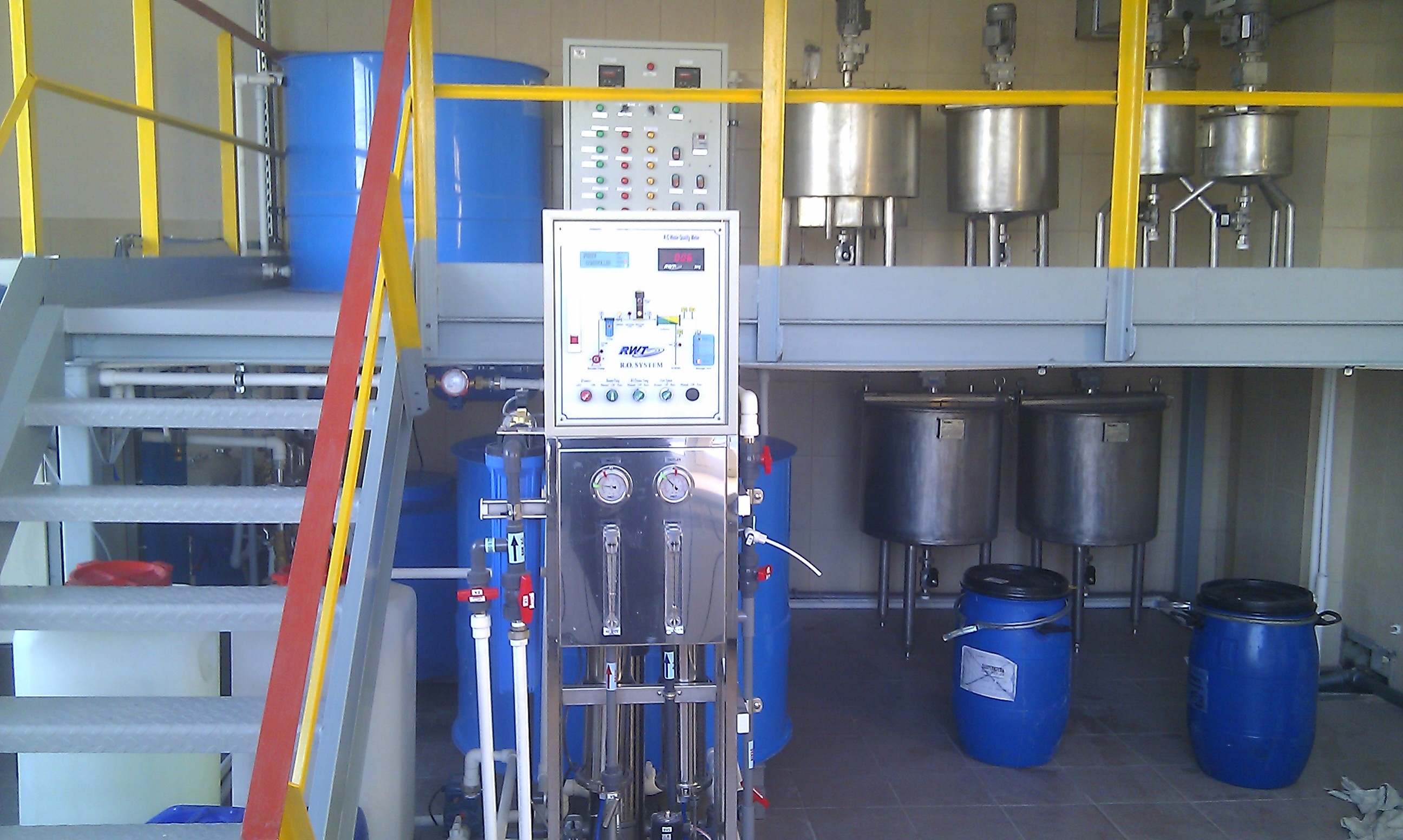
3. The site continuous fiber processing capacity of 2,500 tons / year
3.1. A device for loading crushed basalt in a melting furnace
3.2. Winding machines (6 )
3.3. Transformers UHL4 TCE-75
3.4. Built-in appliances with automatic control of electro - and gas installations generating basalt fiber
3.5.Bushing complete with a feeding tube - 7 pieces, including 1 -Reserve.
3.6. Closed water circulation system for cooling inlets the current supply.
3.7. Carts for transporting spools with fiber.
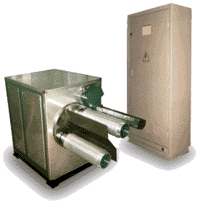

4. The site drying.
4.1. Area natural fiber drying.
4.2. Drying chamber - 1pc.

5.1.Rewinding machines 1 pc.
Precision winding machines- 3 pcs.
5.2. Conning-tower machines 2 pcs.
6.
Quality Department
6.1.
Equipment
for the
chemical
laboratory.
6.2.
Universal
Testing Machine.
6.3
Scale
Quadrant,
unrolling
device for
determining the
linear
density of the
yarns and
rovings
-
1 set.

Some aspects of the technological process of CBF
Production of continuous basalt fiber based on the melting in the furnace crushed basalt, followed by stretching of the resulting melt filaments. The formation of filaments through holes in the bushing....
Read more
Technology of production continuous basalt fiber
Planet earth has rich deposits of a variety of natural stone materials, the outputs of which the surface is very beautiful and sometimes unique geological monuments of history...
Read more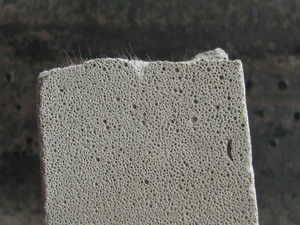
Concrete reinforced with basalt fibers
At present, it has developed two directions of creation of composite materials: - Composites high modulus fibers (steel, asbestos, glass, basalt); - Composites low modulus fibers (nylon, polyethylene, polypropylene ....
Read more

